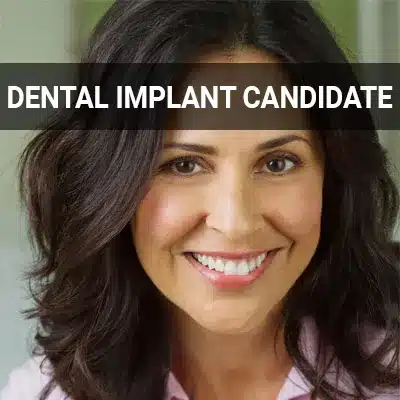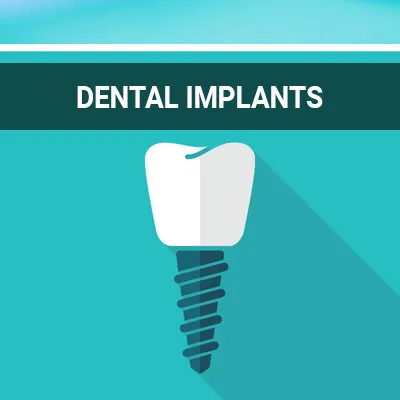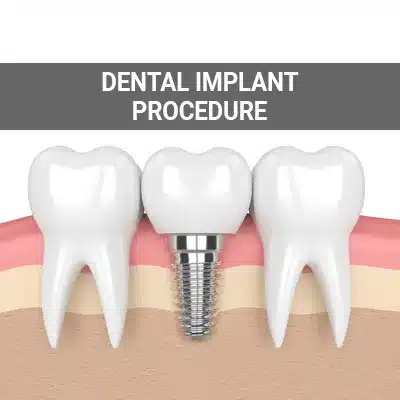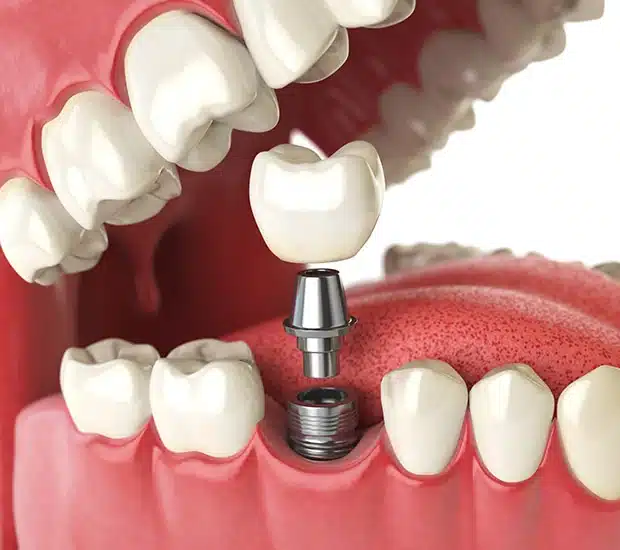
Will I Need a Bone Graft for Dental Implants, Glendale AZ
A bone graft, or bone augmentation, for dental implants ensures a strong and secure hold for the artificial tooth before placing the implant. Bone grafting rebuilds density in the jawbone after the loss of bone occurs, which commonly results after tooth loss. Although a bone graft procedure may not be a desirable experience, it makes a massive difference in the long-term results of the dental implant process.
Our team offers a bone graft for dental implants when necessary, along with providing assistance and treatment throughout the entire dental implant process. There is no reason to live with the insecurity of a missing tooth or several teeth. We can help restore the appearance of one's smile and the function of the teeth.
To learn more about a bone graft for dental implants, give us a call at (623) 400-6009 to schedule a consultation visit.
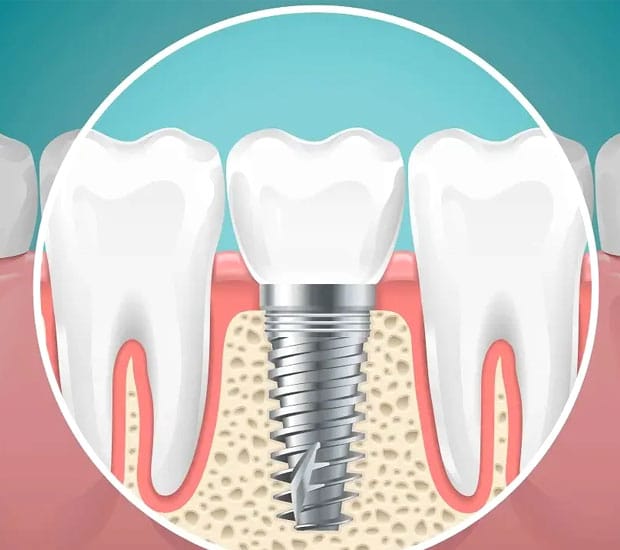
Bone Grafting for Dental Implants
The Centers for Disease Control and Prevention, CDC, states that nearly 1 in 5 adults aged 65 or older has lost all of their teeth. It is essential to restore lost bone in the jawbone through bone graft treatment after tooth loss. By completing this procedure, it can help to ensure a future implant and artificial tooth are properly supported long-term. A bone graft is a procedure to rebuild lost bone inside the jaw and recommended for patients who experience loss of bone density as a result of tooth loss.
Good candidates for a bone graft include those who are planning to undergo implants for missing teeth, those with tooth loss or gum disease, and those with bone loss. While the jaw and gums support natural teeth, the teeth also help to stimulate the jawbone. When tooth loss occurs, the supporting bone loses its primary purpose, and the process of resorption begins. This process occurs when the body absorbs calcium from the jawbone and distributes it to other areas of the body.
The lack of calcium in the jawbone makes it more difficult to support the implant. Resorption will also mean there is less bone that can bond with the titanium implant and help to solidify a firm hold of the implant. The purpose of a bone graft procedure is to rebuild bone density that may have become lost after the natural tooth becomes lost.
It is essential to restore lost bone in the jawbone through bone graft treatment after tooth loss.
When Bone Grafting Is Necessary
Signs That Indicate a Bone Graft Is Necessary
If the bone is soft, then a minor bone graft might be required to strengthen the bone and provide additional support for the implant.
How Bone Grafting Works
There are different types of bone grafts, including autograft, allograft, xenograft, and an alloplastic graft. The majority of procedures use real bone, although a synthetic bone material is used for an alloplastic graft. The steps involved depend on the type of bone grafting procedure. It typically involves taking either natural bone or a synthetic bone material and placing it into the jawbone above the missing tooth through a minor surgical procedure. The bone must then heal and fuse with the existing bone in the area, which typically takes two to three months.
Bone grafting is a fairly common procedure. A 2016 study found that nearly half of 800 people with dental implants required a bone graft prior to implantation. A bone graft is beneficial for patients as it provides additional support to the dental implant. Otherwise, the dental implant placement process may have a higher risk of failure. The bone augmentation can improve the appearance, function, and oral health of the patient.
It typically involves taking either natural bone or a synthetic bone material and placing it into the jawbone above the missing tooth through a minor surgical procedure.
What to Expect After the Procedure
Although patients differ in their condition, oral health status, and recovery, there are various ways to help the jaw heal faster. Bone grafting may result in swelling, bruising, and minor bleeding of the gums after the procedure. To recover as quickly as possible, stick to soft foods and avoid dark beverages or sugary drinks. Along with that, it is essential to practice good oral hygiene through a gentle brushing and flossing routine and using mouthwash.
We encourage patients to look for a qualified oral surgeon or implant specialist as they are most skilled at bone graft procedures. It is important that patients play an active role in their oral health and understand their treatments as well as who is performing them. As your dentist about their experience with bone grafting and how successful their treatments were. It may be a good idea to look at before-and-after testimonials and patient reviews online prior to scheduling a consultation.
To recover as quickly as possible, stick to soft foods and avoid dark beverages or sugary drinks.
Questions Answered on This Page
Q. When is bone grafting necessary?
Q. How does the bone grafting procedure work?
Q. What can I expect after a bone graft procedure?
Q. What alternative options are available in place of bone grafting?
People Also Ask
Q. How should someone prepare for dental implant surgery?
Alternative Options
Although bone grafting may be the only procedure available for single-tooth implants, there are a few alternative options for those seeking full arch or full mouth dental implants. These options include a full arch prosthesis or a zygomatic prosthesis.
Full arch prostheses are fastened to the jaw using 4 to 6 implants that provide adequate security. For this procedure to work, the patient must have 4 to 6 areas of sufficient bone to effectively place the implant arch. Zygomatic prostheses are long implants embedded in the zygoma, or cheekbone, as opposed to the jawbone. Since the implant is not attached to the jaw, a bone graft is not necessary even for patients with low bone density. A review of 2,402 Zygomatic implants showed a success rate of 96.7% over a 12-year period. Zygomatic implants are found to be the safest, most effective procedure in oral surgery.
Since the implant is not attached to the jaw, a bone graft is not necessary even for patients with low bone density.
Frequently Asked Questions
Quality Dental Services Can Transform Your Smile
Dental Implant Terminology
Abutment
An abutment is a component that attaches to the dental implant so a professional can place a dental crown to provide patients with an artificial, aesthetically pleasing and fully-functional smile.
Bridge
Multiple replacement teeth that are fixed in place via attachment to dental implants, natural adjacent teeth, or a combination of the two.
Dental Crown
A crown is an artificial tooth, usually consisting of porcelain, which covers the top of the implant to provide people with an aesthetically pleasing and fully-functional tooth.
Dental Implant
A dental implant is an artificial tooth root that is placed into your jaw to hold a replacement tooth or bridge. Dental implants may be an option for people who have lost a tooth or teeth due to periodontal disease, an injury, or some other reason.
Endosteal (endosseous)
Endosteal is a type of dental implant that a professional places in the alveolar and basal bone of the mandible that transcends only one cortical plate.
Eposteal (subperiosteal)
Eposteal is a type of dental implant that conforms to whichever edentulous surface of an alveolar bone is superior.
Implant-Supported Bridge
An implant-supported bridge is a dental bridge that professionals fix in place with the use of dental implants inserted in the jaw to create a sturdy set of artificial teeth.
Osseointegration
Osseointegration is the process in which a titanium dental implant fuses with the surrounding bone over several months after an oral health professional places the implant in the jaw.
Periodontal
Literally “around the tooth”
Resorption
Resorption is the process in which the body absorbs the calcium from the jaw since there are no tooth roots to cause the necessary stimulation and proceeds to use the calcium in other areas.
Transosteal (transosseous)
Transosteal is a type of dental implant that includes threaded posts which penetrate the superior and inferior cortical bone plates of the jaw.
